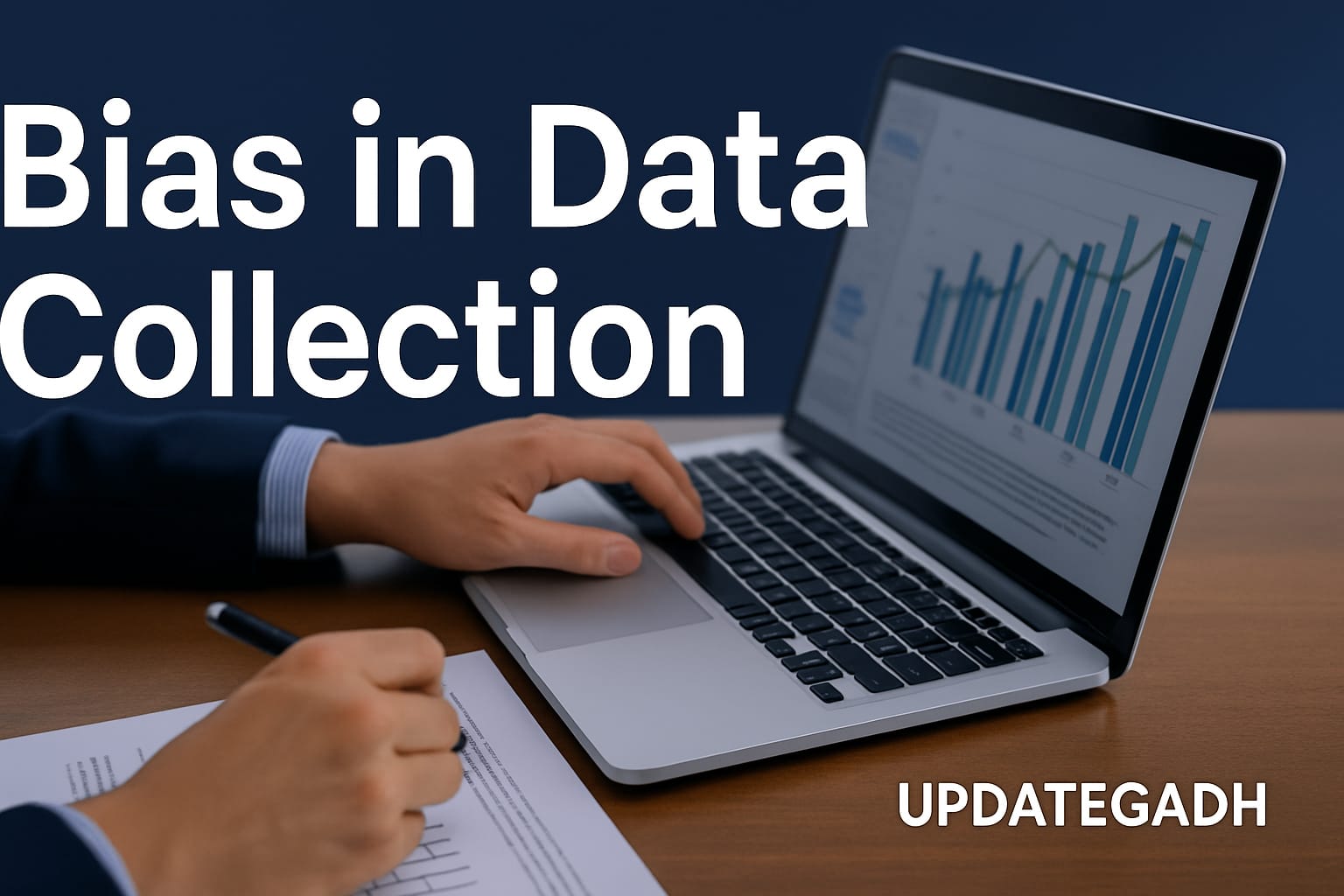
Data Security: A Critical Pillar in the Digital Age
Data Security
Introduction
In an era where digital transformation drives every aspect of our personal and professional lives, the importance of data security cannot be overstated. As organizations generate, process, and store vast amounts of data daily, they are also exposed to an ever-evolving landscape of cyber threats. From ransomware and phishing to large-scale data breaches, the risk is real and growing. This article explores the core components of data security, the common challenges faced, and practical strategies to build a resilient defense against today’s cyber threats.
Complete Python Course with Advance topics:-Click Here
SQL Tutorial :-Click Here
Machine Learning Tutorial:-Click Here
Understanding Data Security
At its core, data security refers to a set of technologies, protocols, and practices designed to protect data from unauthorized access, corruption, or theft. It covers everything from safeguarding personal details to defending intellectual property and financial information. With cyberattacks becoming more sophisticated, both individuals and organizations must adopt a layered, strategic approach to safeguard critical information assets.
Encryption: The First Line of Defense
Using cryptographic techniques, encryption converts legible data into an unintelligible format. The original content can only be accessed by authorised individuals who possess the proper decryption key. This technique is fundamental in protecting data during transmission and while stored. Whether it’s securing emails, files, or databases, advanced encryption methods help preserve confidentiality and integrity — especially in cloud environments and across distributed systems.
Access Controls: Managing Who Can See What
Restricting access to sensitive information is vital. Only verified and authorised users are able to interact with particular datasets thanks to access control mechanisms. Techniques such as:
- Multi-factor authentication (MFA)
- Role-based access control (RBAC)
- Strong password policies
…all contribute to reducing the likelihood of internal threats and accidental data exposure.
Network Security & Firewalls
Attackers frequently target your network infrastructure as their initial target. Firewalls, Intrusion Detection Systems (IDS), and Intrusion Prevention Systems (IPS) are essential tools to monitor, filter, and block suspicious activity in real time. Implementing a strong network security framework protects data as it travels across various nodes, especially in large, interconnected enterprise systems.
Regular Backups: Prepare for the Unexpected
Whether due to malicious attacks or hardware failure, data loss is a constant risk. Routine, automated backups stored securely—preferably in an offsite or cloud-based location—allow for quick recovery in the event of disaster. Regular testing of these backups is equally important to ensure they work when you need them most.
Educating Users & Enforcing Security Policies
Technology alone can’t stop data breaches—people are often the weakest link. Establishing clear security policies and providing regular training on topics like phishing awareness, safe browsing, and password hygiene can significantly reduce user-related vulnerabilities. A well-informed workforce is a powerful security asset.
Physical Security: Don’t Overlook the Basics
Physical access to servers, data centers, and backup storage is just as important as digital protection. Controlled access to facilities, surveillance systems, and hardware security protocols prevent unauthorized tampering or theft of physical data storage devices.
Audits, Monitoring & Continuous Improvement
Security audits and log monitoring play a key role in identifying vulnerabilities before they’re exploited. Regular assessments allow organizations to stay ahead of emerging threats and refine their defenses accordingly. Implementing tools for real-time threat detection and automated alerts enhances response times and minimizes potential damage.
Data Classification: Not All Data is Equal
By categorizing data based on sensitivity (e.g., public, internal, confidential, restricted), organizations can apply the right level of protection where it’s needed most. This improves resource allocation and ensures that critical data receives the highest level of defense.
Incident Response Planning: Be Ready
Despite best efforts, breaches can still occur. A robust incident response plan ensures swift, coordinated action during a security event. The plan should cover:
- Detection and containment
- Root cause analysis
- Recovery procedures
- Communication protocols
- Post-incident reviews and updates
Having this framework in place reduces downtime and limits reputational or financial damage.
Download New Real Time Projects :-Click here
Complete Advance AI topics:- CLICK HERE
Conclusion
In a world where data is a strategic asset, data security is no longer optional—it’s a necessity. Businesses must adopt a comprehensive, multi-layered security approach that combines cutting-edge technology, well-defined processes, and a security-aware culture. From encryption and access controls to employee training and disaster recovery planning, every element contributes to a more secure digital environment. At UpdateGadh, we believe that proactive investment in data security isn’t just about protection—it’s about building trust, resilience, and long-term success in the digital age.
what are the three pillars of cyber security
data pillar
data security implementation
data security research papers pdf
data security using cryptography
data security in analytics
data security examples
data security pdf
types of data security
what is data security in computer
data security in dbms
5 importance of data security
data security course
data security and privacy
data integrity
data security examples
data security in cloud computing
types of data security
data security pdf
data security issues in data science
what is data security in computer
5 importance of data security
data security issues in data science geeksforgeeks








Post Comment